"We strive to become an anti-racist organization. We commit to creating a model of antiracism within our organization and to cultivating a shared commitment to this work among our staff and board."
Reconstructing Judaism Strategic Plan
Change is possible. We have successfully transformed our Jewish communities in the past. Those who were once pushed to the margins—like women, lesbians and gay men and Jews with nontraditional theologies or practices—are now recognized as essential members and leaders of our congregations. We are transforming our congregational cultures again, unlearning the unconscious prejudice of racism so we can build multiracial Jewish communities where all our members can thrive.
The work for racial justice within our communities is interconnected with the work for change within ourselves and the work for change in the wider world. One domain of racial justice cannot be sustained without the others. We must work on all three levels (personal, communal and external) simultaneously to affect true and lasting transformation.

Racial justice work is best conceived of as a wheel, not a ladder. Don’t wait to begin working to change a racist policy in your town or city because you haven’t yet finished your anti-racist education. And don’t forget to maintain your spiritual practice of internal anti-racist work while you are organizing in multi-faith coalitions for justice in the wider world. This advice applies to all of us, whether we benefit from or are impacted by racism (or both). The personal, communal and external work we are called to do and where each of us distributes our energy will look different, but the need for balance is essential if we are to succeed and sustain ourselves in this work.
We recommend these resources for congregational work in each of these domains:
THE PERSONAL
רְשׁוּת הַיָּחִיד – reshut hayachid
THE COMMUNAL
כַרְמְלִית – karmelitTrainings:
- JEDI Trainings from the Thriving Communities Department:
- Reconstructing Judaism’s Congregational Assessment Tool for Racial Diversity, Equity, and Inclusion (link coming soon)
- SHALOM! Greeting One Another in Reconstructionist Communities (link coming soon)
- JEDI Trainings from the Thriving Communities Department:
Peer Support:
Racial Justice Community of Practice (link coming soon)
Tikkun Olam listserv (instructions for getting on that listserv)
Year Cycle:
Education:
- “Anti-racist talmud torah is the exploration of the history and ideologies of the inequitable world in which we live. It allows us to become more aware of the dehumanizing cultural norms all around us and opens up new pathways for cultural resistance. Through study for the sake of growth and change, we seek to become more conscious of the influences of “outside” norms that lessen the human worth of some individuals in others’ eyes and manifest in prejudice and discrimination—and how those influences unconsciously shape Reconstructionist community norms and individual beliefs and behaviors.”
- Haggadah Supplements
- Reparations-Themed Books Clubs
- On Repentance and Repair by Rabbi Danya Ruttenberg (link coming soon)
- The Cost of Free Land by Rebecca Claren (link coming soon)
- Guest Speakers and Educators from Reconstructing Judaism
- Reparations Curriculum for Congregational Study
- Race, Religion and American Judaism – a project of the Center for Jewish Ethics at RRC
- Order original Jewish reparations art to display in your community
- “Anti-racist talmud torah is the exploration of the history and ideologies of the inequitable world in which we live. It allows us to become more aware of the dehumanizing cultural norms all around us and opens up new pathways for cultural resistance. Through study for the sake of growth and change, we seek to become more conscious of the influences of “outside” norms that lessen the human worth of some individuals in others’ eyes and manifest in prejudice and discrimination—and how those influences unconsciously shape Reconstructionist community norms and individual beliefs and behaviors.”
- Addressing Harm:
- Harm Happens: Responding to Racialized Harm Within Your Jewish Community (coming soon)
- Harm Happens: Responding to Racialized Harm Within Your Jewish Community (coming soon)
THE LARGER WORLD
רְשׁוּת הָרַבִּים – reshut harabimReparations in Action: How to Move from Resolving to Repairing
Map of the US Reparations Movement – Find a local initiative to get involved with.
- JOIN For Justice trainings
The Hebrew names we chose for the three domains of racial justice work come from the first three of the four Talmudic terms that categorize private and public spaces regarding the laws of Shabbat:
תָּנוּ רַבָּנַן, אַרְבַּע רְשׁוּיוֹת לַשַּׁבָּת: רְשׁוּת הַיָּחִיד, וּרְשׁוּת הָרַבִּים, וְכַרְמְלִית, וּמְקוֹם פְּטוּר
“The Sages taught that there are four domains for the halakhot (laws) of Shabbat: [1] The private domain, [2] the public domain, and [3] The karmelit, which is like neither the public domain nor the private domain, and [4] an exempt domain, which does not fall into the category of domains.”
Babylonian Talmud, Shabbat 6a
A Secret, Fourth Domain of Racial Justice Work
Though we used the Hebrew names of only the first three of the four Talmudic domains in our model of racial justice work, in truth there is also a fourth domain of this work that is important to recognize. We can use the Talmudic term for it, Makom Patur. This domain is “exempt” from the world described by the other three, which for our purposes can mean that it represents a domain beyond the world as it is now. Think of this hidden or secret fourth domain, the Makom Patur, as representing the World to Come – the imagined and desired future that we glimpse or help seed when we dream beyond the confines of what is currently possible and imagine the contours of a world without racism.
This is, perhaps the most important, and least emphasized domain of justice work, and one of the most important contributions that people of faith can make to our social movements. The World to Come reveals its possible shapes through dream work and imagination. It finds expression in countless kinds of art, literature, music and political vision. The fourth domain also manifests in song, dance and spirit; in radical midrash and new prayers; and in Afrofuturism, Liberatory theology and even in examples of science fiction and speculative fantasy. It also reveals itself in dreams, which Jewish tradition teaches are 1/60th of prophesy. The more we dream of a world without racism, the more we transform our hearts and minds, planting the prophetic seeds of what only yesterday we never even would have thought was possible.








